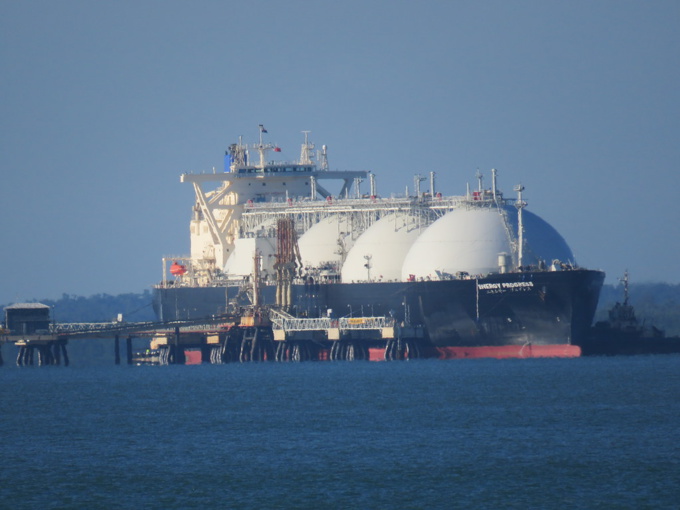The report stated that the Asia-Pacific region, the Middle East, and Africa significantly influenced the increase in imports. Therefore, they made up for the reduction in LNG imports in Europe, Latin America, and the Caribbean.
The GECF reported that the wide difference in LNG spot prices between Asia-Pacific and Europe in July led to an increase in LNG shipments to the Asian market. Furthermore, the Asia-Pacific region experienced increased LNG imports due to the hotter than normal weather in July.
During January-July, LNG shipments to EU countries declined by 25% compared to the previous year, totaling 6.34 million tons. The data indicates that this is the smallest number since September 2021. The GECF credits a decrease in imports to decreased gas demand, maximum storage, and higher pipeline imports.
source: reuters.com
The GECF reported that the wide difference in LNG spot prices between Asia-Pacific and Europe in July led to an increase in LNG shipments to the Asian market. Furthermore, the Asia-Pacific region experienced increased LNG imports due to the hotter than normal weather in July.
During January-July, LNG shipments to EU countries declined by 25% compared to the previous year, totaling 6.34 million tons. The data indicates that this is the smallest number since September 2021. The GECF credits a decrease in imports to decreased gas demand, maximum storage, and higher pipeline imports.
source: reuters.com



















